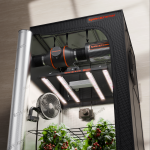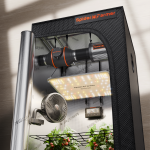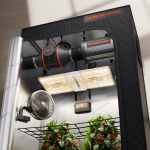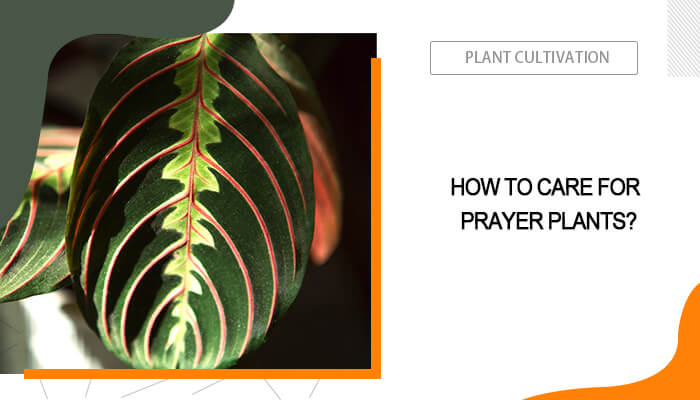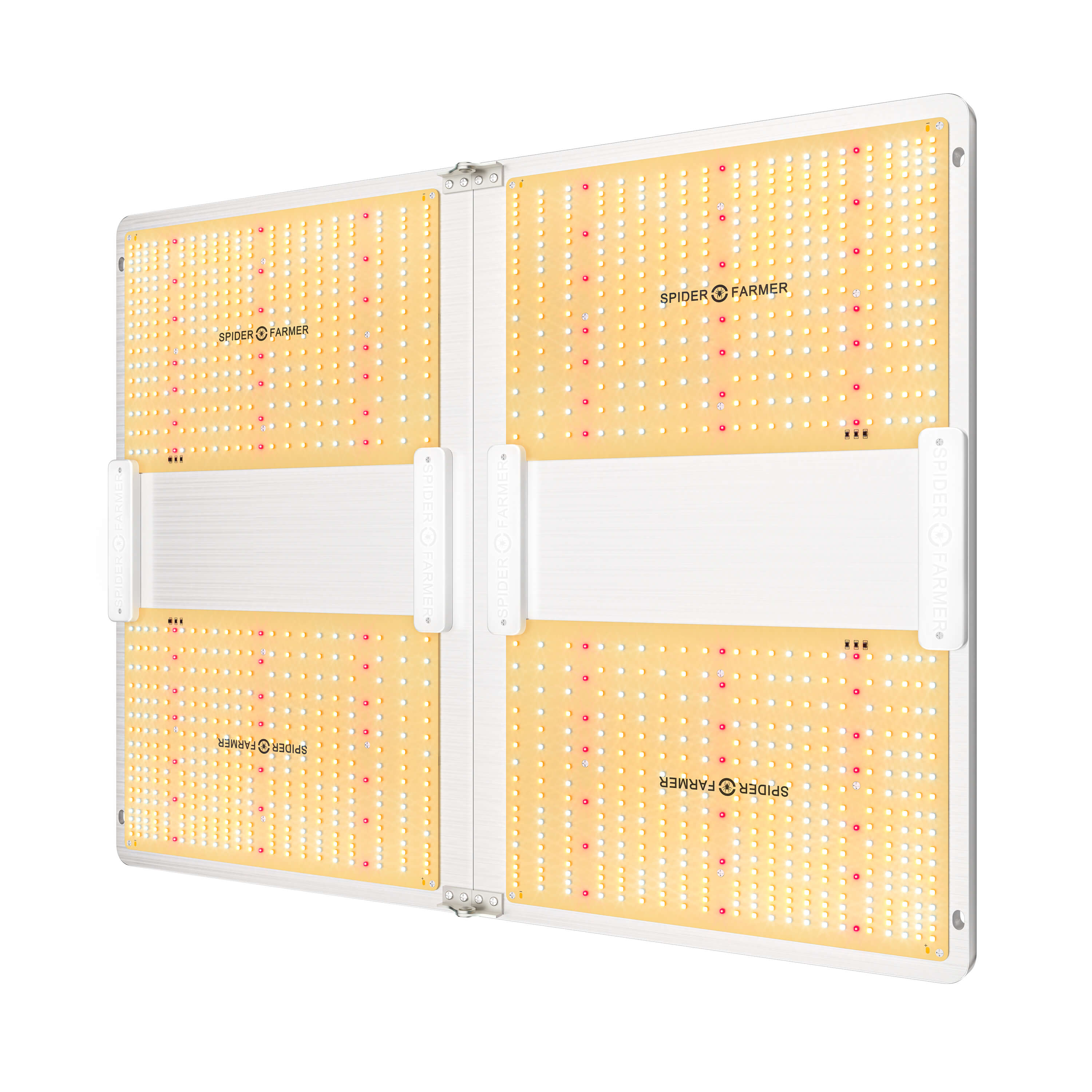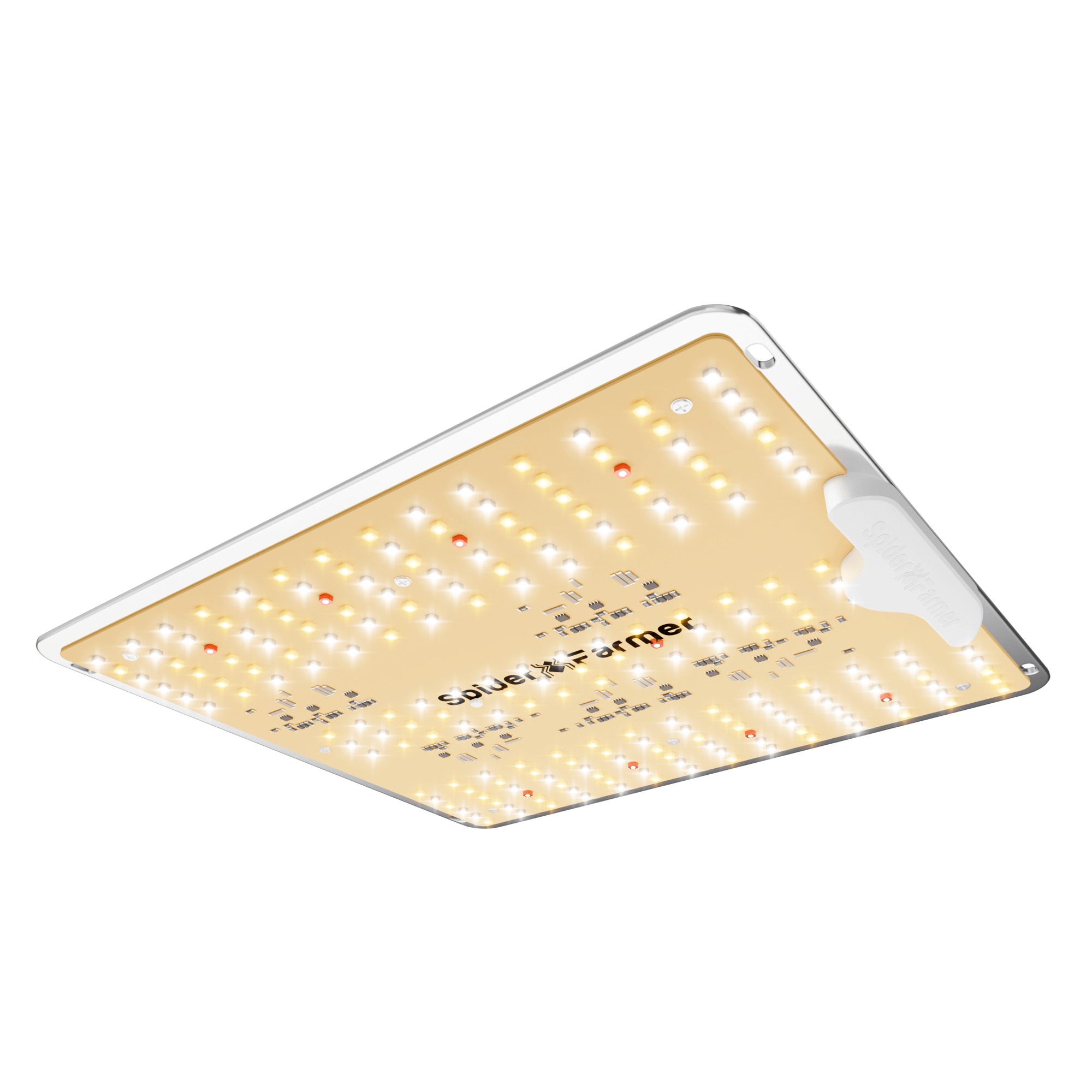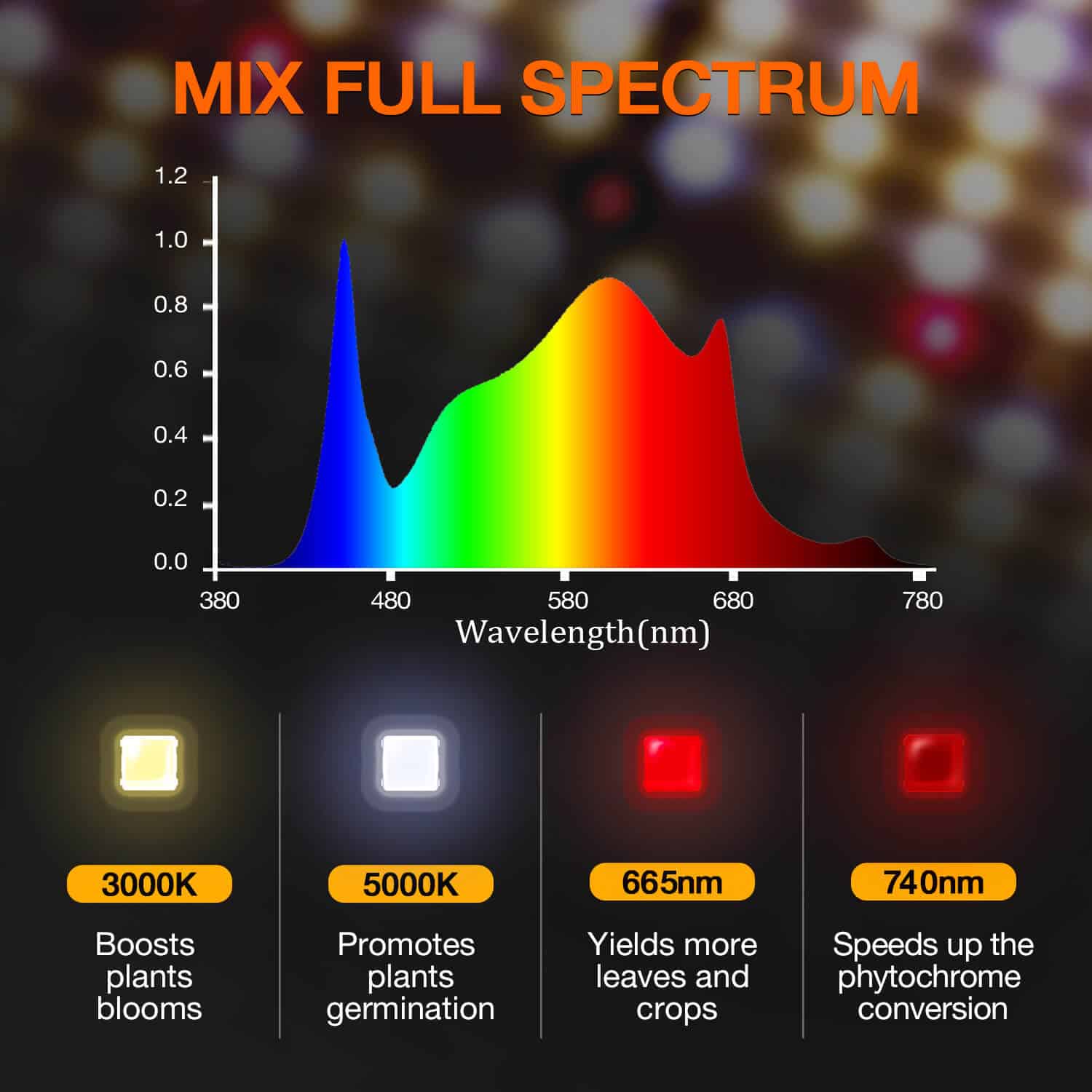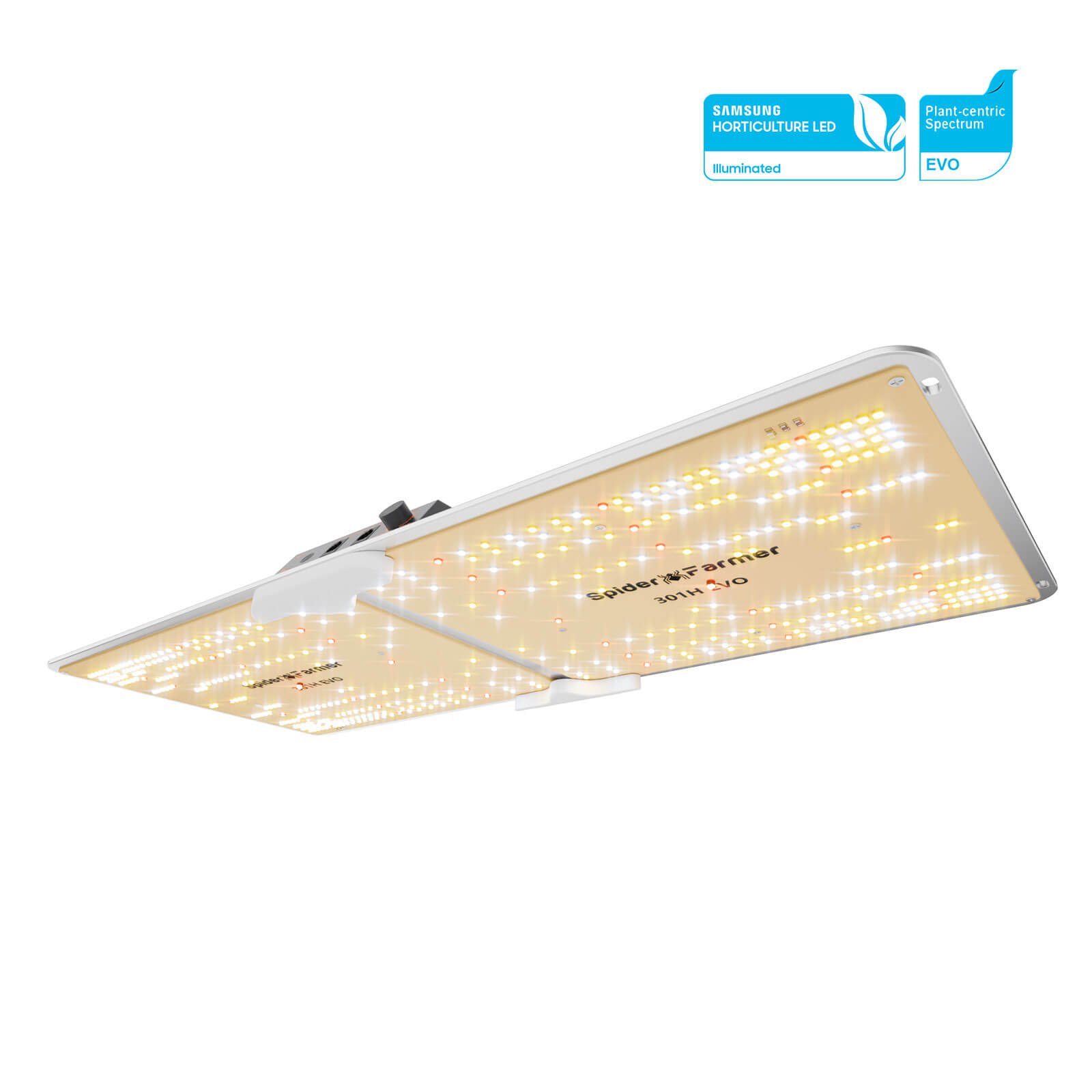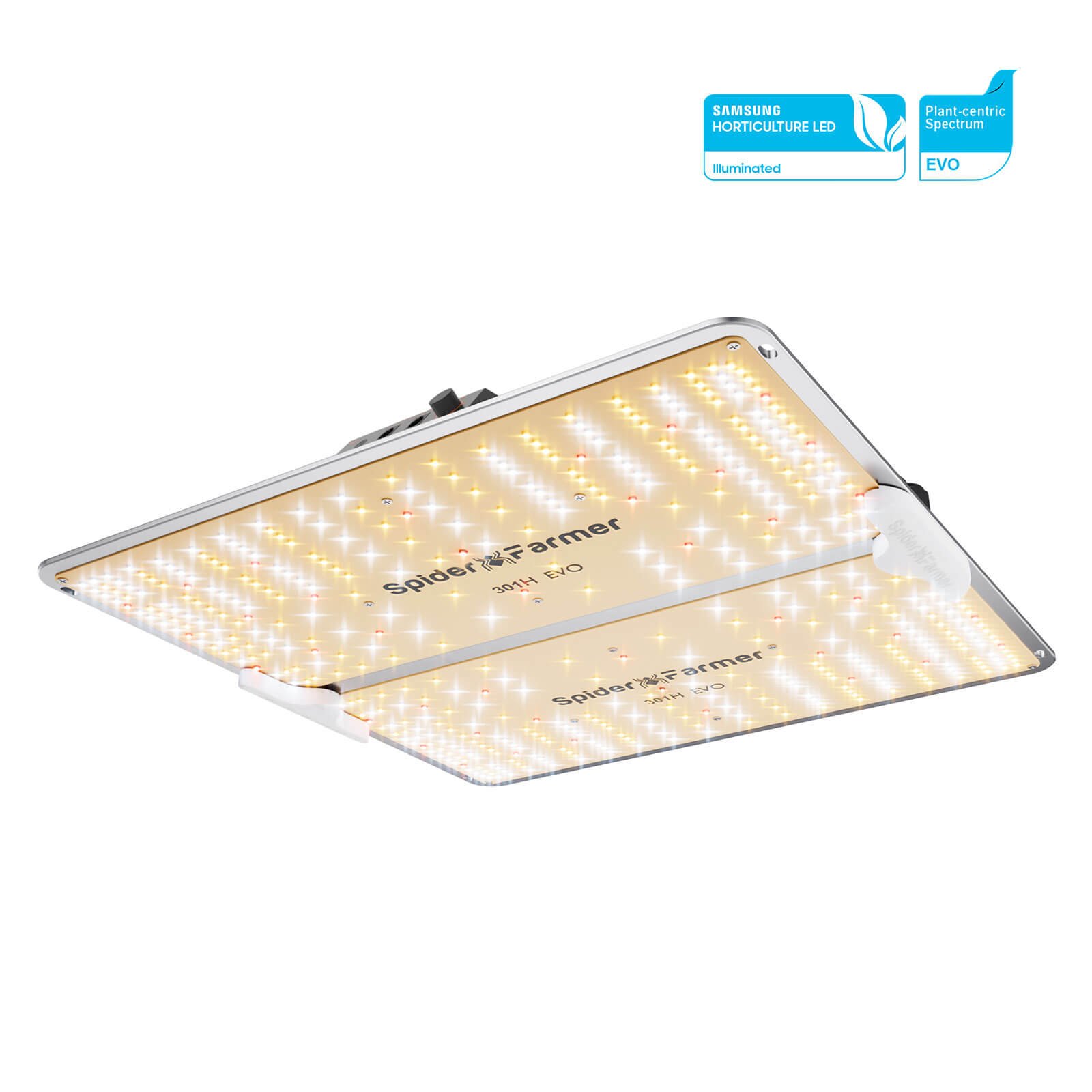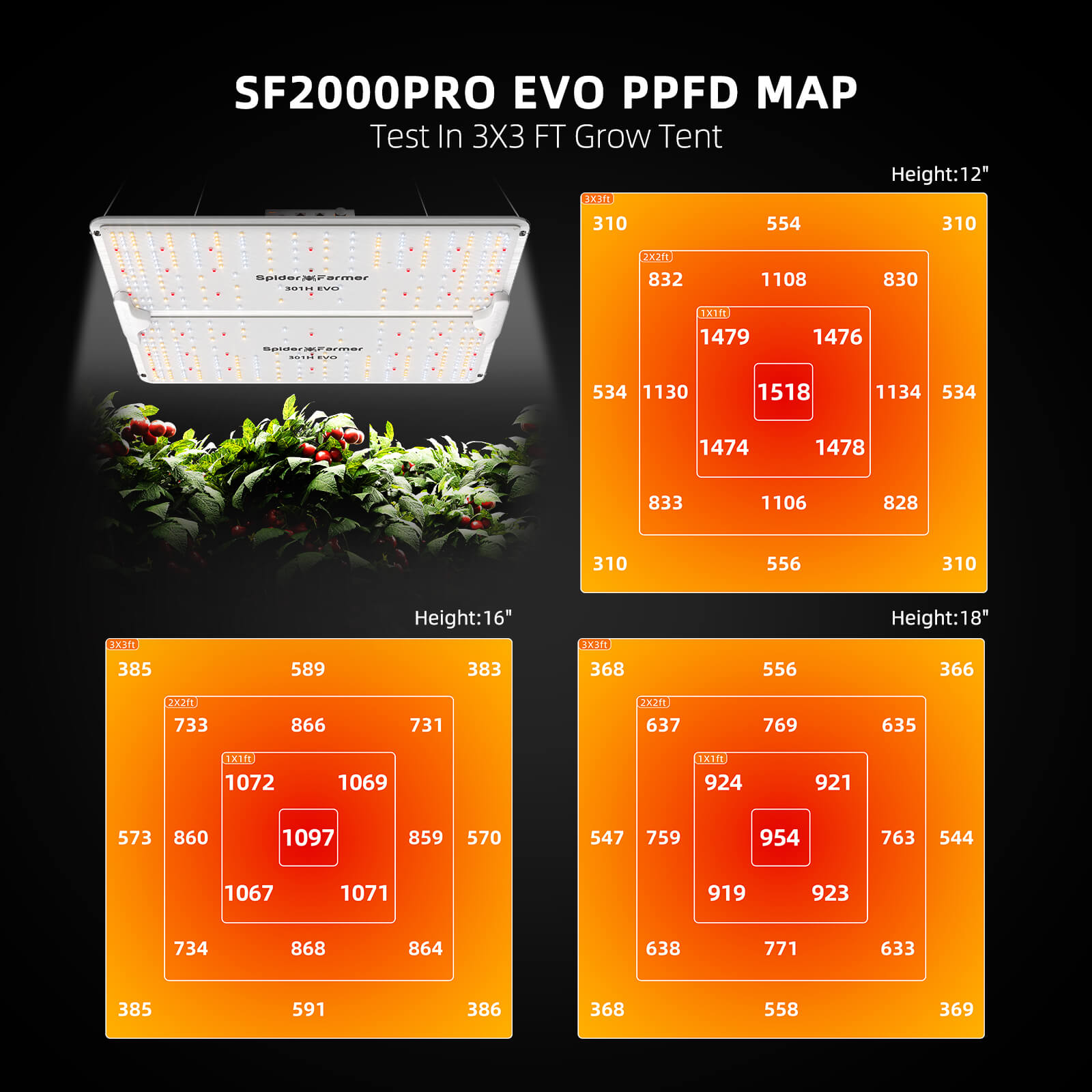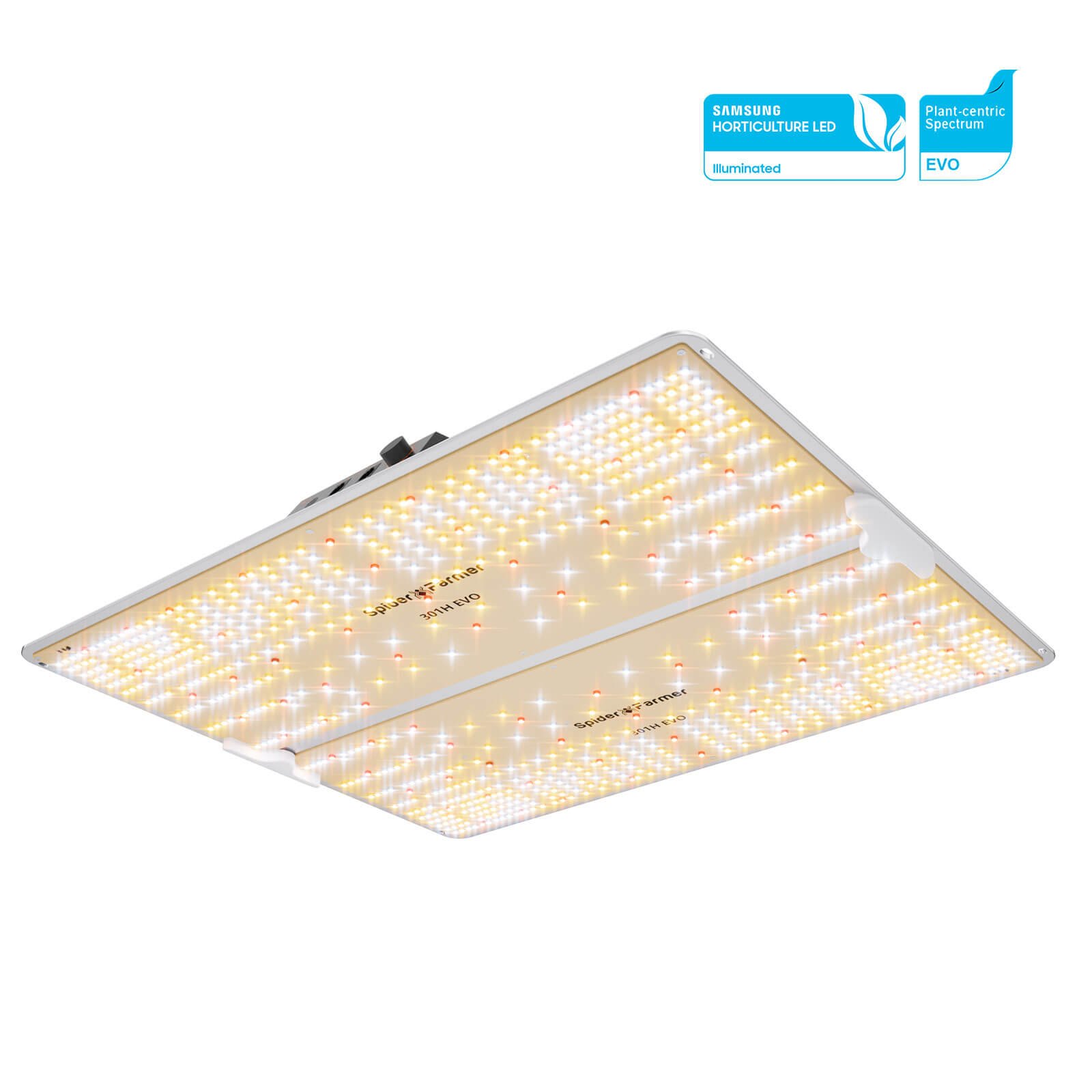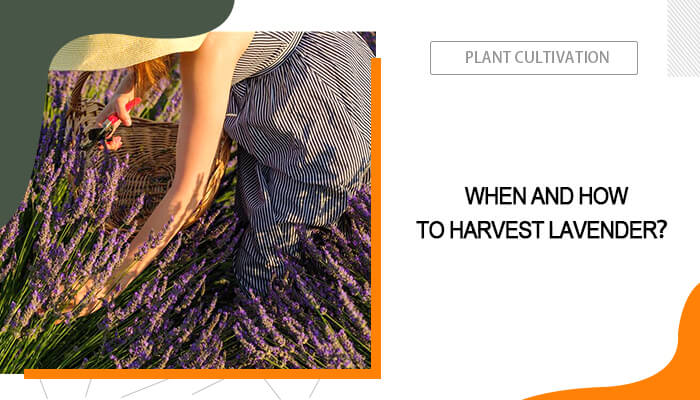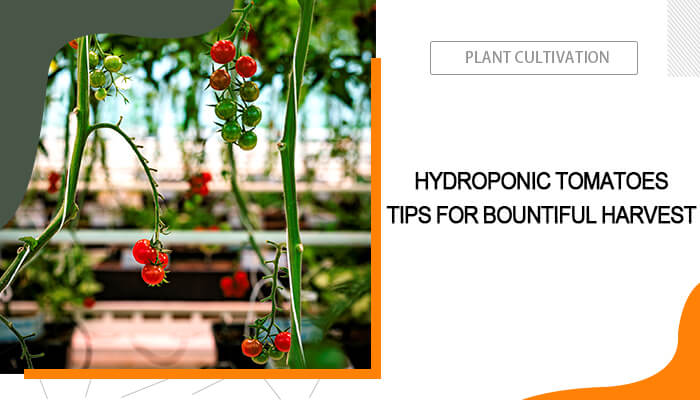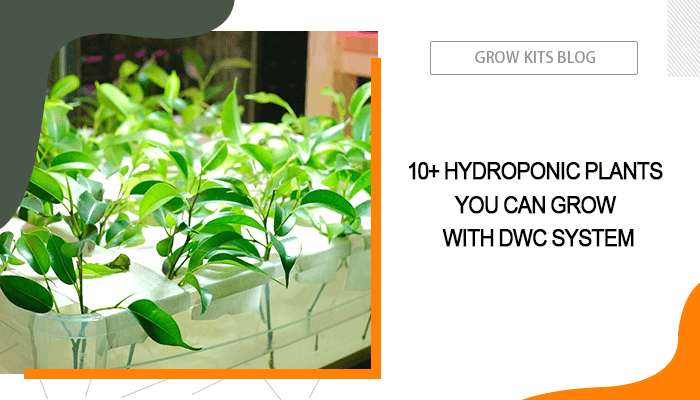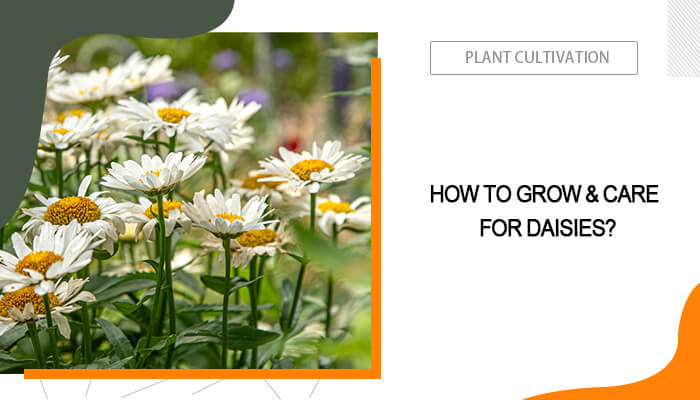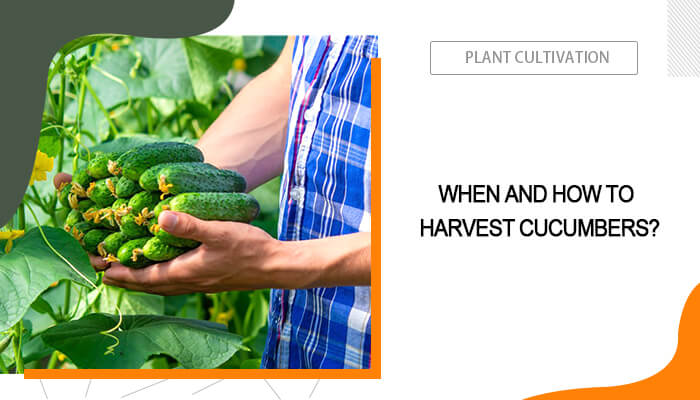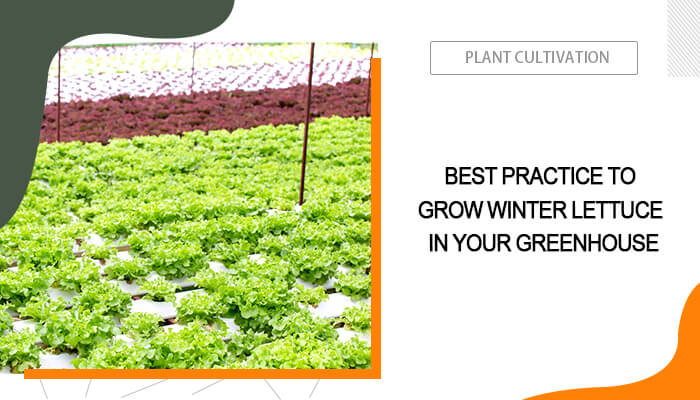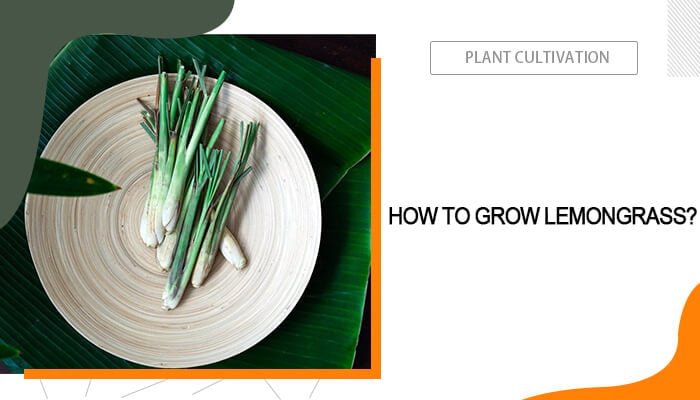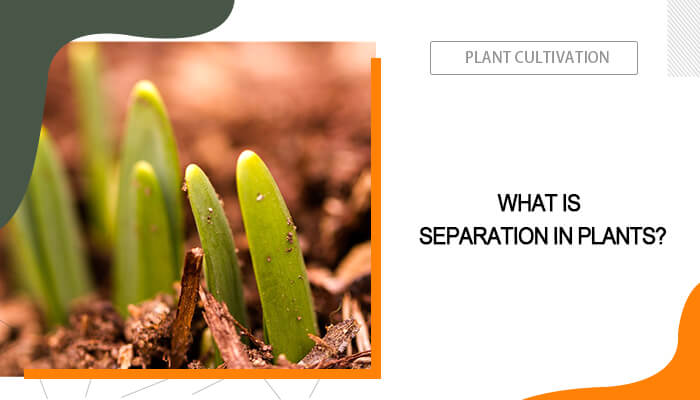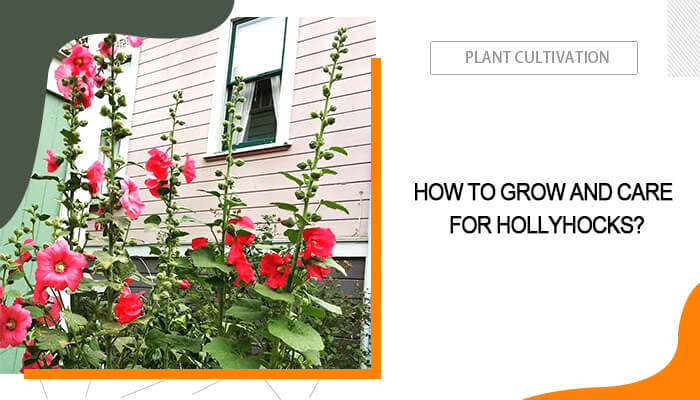The prayer plant, whose scientific name is Maranta leuconeura, is such a beloved houseplant for plant enthusiasts. It’s renowned for its striking foliage and unique behavior of folding its leaves at night. Native to the tropical rainforests of Brazil, this plant thrives in warm, humid environments and has become a popular choice for indoor gardening enthusiasts.
To grow and care for a prayer plant indoors, you should understand how much light and water it needs. To remain healthy and vibrant, you also need to focus on its humidity and soil conditions. In this guide, we’ll explore the essential aspects of prayer plant care, giving you the best advice to nurture this fascinating plant indoors.
Table of Contents
Common Prayer Plant Types
Prayer plants belong to the Marantaceae family. These plants are known for their unique behavior of folding their leaves at night, resembling hands in prayer. With a variety of species available, each type offers distinct leaf patterns and colors.
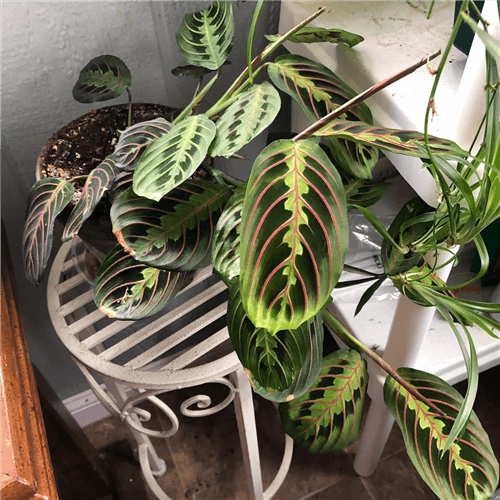
Common Prayer Plant Types - Red Prayer Plant
Before choosing the best prayer plant type, let’s learn about the common prayer plant types and their unique characteristics.
- Red Prayer Plant: Dark green leaves with bright red veins and a lighter green or yellowish midrib.
- Peacock Plant: Generally, it’s considered as the easiest prayer plant to care for. It has oval leaves with intricate, peacock-feather-like patterns in green and maroon.
- Round Leaf Calathea: Large, round leaves with bold, wavy lines in green and silver.
- Rabbit’s Foot Prayer Plant: Light green leaves with dark green or brownish splotches resembling rabbit tracks.
- Tricolor Prayer Plant: Dark green leaves with light green patches and pinkish-red veins.
- Fishbone Prayer Plant: Oblong leaves with horizontal stripes of light and dark green.
Where Is the Best Place to Put a Prayer Plant?
The best place to put a prayer plant is in a location that mimics its natural habitat, like a warm, humid environment of the Brazilian rainforest. Ideally, you can position it in a spot with bright indirect light, such as near a north- or east-facing window, to avoid direct sunlight that can scorch its leaves.
As it enjoys high humidity levels, usually around 50-60%, you can also put it in a bathroom or kitchen, where humidity is naturally higher due to steam from showers or cooking. Additionally, you can place the plant on a tray of water with pebbles or a plant humidifier to maintain the humidity levels.
How to Care for a Prayer Plant?
In this part, we’ll delve into the prayer plant light requirements, providing you with practical tips and insights to help you nurture a thriving and healthy plant. Whether you’re a seasoned gardener or just starting your indoor plant journey, these guidelines will equip you with the knowledge to keep your prayer plant looking its best.
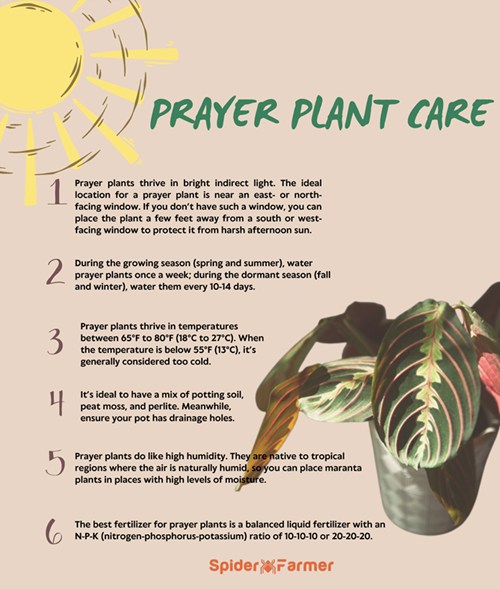
How to Care for a Prayer Plant?
Light Requirements
Prayer plants do not need a lot of direct sunlight. Direct sunlight can scorch the leaves, causing browning or fading. They thrive in bright indirect light. The ideal location for a prayer plant is near an east- or north-facing window, where it can receive gentle, indirect sunlight throughout the day. If you don’t have such a window, you can place the plant a few feet away from a south or west-facing window to protect it from harsh afternoon sun. Alternatively, use sheer curtains or blinds to filter the light and protect the plant's delicate leaves. If natural light is limited, you can supplement with artificial light sources, such as LED grow lights, providing 10-12 hours of light per day.
420 Price Guarantee丨Extra $30 Coupon: 2025 Spider Farmer® SF7000 650W LED Grow Light
420 Price Guarantee丨2025 Newest Version Spider Farmer® SF1000 100W Samsung LM301H EVO LED Grow Light For 2×2’/3×3′
420 Price Guarantee丨2025 Newest Version Spider Farmer® SF1000D 100W Full Spectrum LED Grow Light Samsung Diodes For 2×2′
420 Price Guarantee丨2025 Newest Version Spider Farmer® SF2000 200W Samsung LM301H EVO LED Grow Light For 4×2’/5×3′
420 Price Guarantee丨2025 Newest Version Spider Farmer® SF2000Pro 200W Samsung LM301H EVO LED Grow Light
420 Price Guarantee丨2025 Spider Farmer® SF4000 450W Samsung LM301H EVO LED Grow Light For 4×4’/5×5′
Watering
In general, prayer plants may need watering about once a week during the growing season (spring and summer). On the other hand, during the dormant season (fall and winter), you may need to water less frequently, perhaps every 10-14 days, as the plant’s growth slows down and it uses less water.
Soil
Prayer plants need well-draining soil that retains moisture without becoming waterlogged. A mix of potting soil, peat moss, and perlite is ideal. Ensure your pot has drainage holes to prevent water from accumulating at the bottom.
Temperature
Ideally, prayer plants thrive in temperatures between 65°F to 80°F (18°C to 27°C). When the temperature is below 55°F (13°C), it’s generally considered too cold. When temperatures drop below 60°F (15°C), the plant may start to experience stress, and leaves can become soft, limp, or even drop. If the temperature falls below 5°C (41°F), the plant can suffer significant damage, and its leaves will potentially turn brown or black and show signs of wilting or curling leaves.
Humidity
Prayer plants do like high humidity. They are native to tropical regions where the air is naturally humid, so you can place maranta plants in places with high levels of moisture. To maintain their high humidity levels, you can also invest in a plant humidifier as an alternative. Ideally, prayer plants prefer humidity levels around 50-60%, but they can tolerate levels as low as 40%.
Fertilizer
The best fertilizer for prayer plants is a balanced liquid fertilizer with an N-P-K (nitrogen-phosphorus-potassium) ratio of 10-10-10 or 20-20-20. These ratios ensure that the plant receives a balanced diet of essential nutrients.
During the growing season (spring and summer), you should fertilize your prayer plant every two weeks. In the winter, when the plant's growth slows down, you can reduce the frequency to once a month. Always dilute the fertilizer to half the recommended strength to avoid over-fertilizing, which can cause root burn and leaf discoloration.
How to Propagate Prayer Plant?
You can grow prayer plants from existing ones. This process is known as propagation. Normally, you can propagate prayer plants with three main methods: root division, water propagation, and soil propagation.
Here, we summarize the basic steps for each method.
Water Propagation
It’s a straightforward method to watch the prayer plants’ root development. This method is suitable for both fresh stem cuttings and broken plant stems. You can benefit from hydroponics - have precise control over the nutrients and growing environment.
Here is how to set up a hydroponic system for your prayer plant:
- Start from a simple Deep Water Culture (DWC) system. This system keeps the roots constantly submerged in nutrient-rich water, which is perfect for the plant’s water-loving nature.
- Prepare for nutrient solution. Use a balanced hydroponic nutrient solution formulated for leafy plants. Prayer plants thrive with a solution that is rich in nitrogen, potassium, and trace minerals. On the other hand, check the pH of the nutrient solution, please. The pH should be between 5.5 and 6.5.
- Add the hydroponic nutrient solution according to the manufacturer’s instructions and place the air stone in the container, and connect it to the air pump. Turn on the pump to start oxygenating the water.
- Start from a cutting, making sure the cuttings have a few leaves and at least one node. Then, place the cutting or seedling in the net pot with the hydroponic growing medium and insert the net pot into the lid of your container.
- Position your grow light so that it provides bright, indirect light. Prayer plants prefer about 12-14 hours of light per day. Besides, regularly check the water level in your container to keep the roots submerged. Furthermore, replace the nutrient solution every 1-2 weeks to prevent nutrient imbalances.
Root Division
Root division is a nearly foolproof way to propagate a prayer plant. It’s especially workable for larger and more established plants. You can take this measure in early spring or summer.
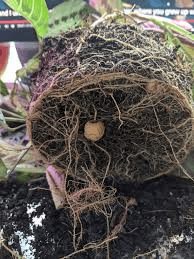
Root Division of Prayer Plant
- Gently remove the plant from its pot and shake off excess soil to expose the root system.
- Look for smaller prayer plants that have sprouted from the main plant and have their root systems.
- Use a sharp, sterilized knife to gently cut or tease apart the smaller plants from the main plant.
- Plant each division in a separate pot filled with well-draining potting mix. Water thoroughly and place in bright indirect light.
Soil Propagation
If you seek to develop a stronger root system, you can try soil propagation. Here are the basic steps.
- Cut a stem about 1 inch below a node, ensuring each cutting has a few leaves.
- Fill a pot with a well-draining soil mix (e.g., 2 parts peat moss, 1 part vermiculite or perlite, 1 part compost). Plant the cuttings and press the soil around them to keep them upright.
- Cover the pot with clear plastic to create a humid environment and place it in bright, indirect light. Keep the soil moist but not soggy.
Conclusion
In summary, prayer plants require bright, indirect light, consistent moisture, and high humidity levels. To care for prayer plants, you should regularly monitor their soil moisture, light conditions, and humidity. With the right care, your Maranta leuconeura will reward you with its stunning beauty and unique charm.

